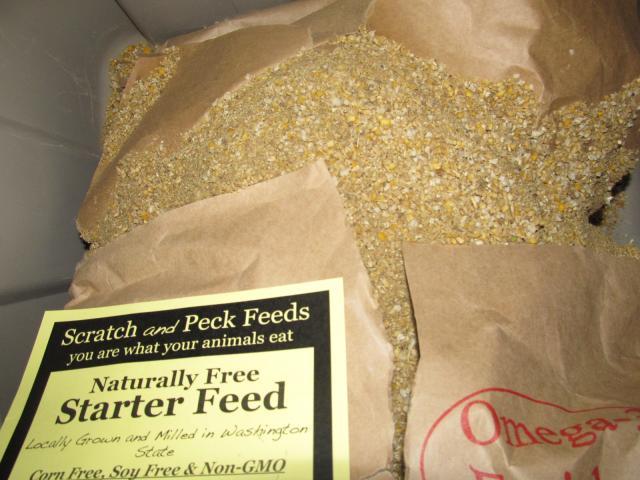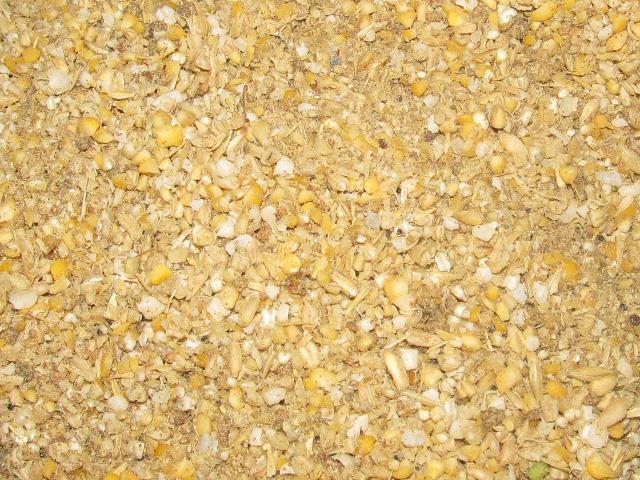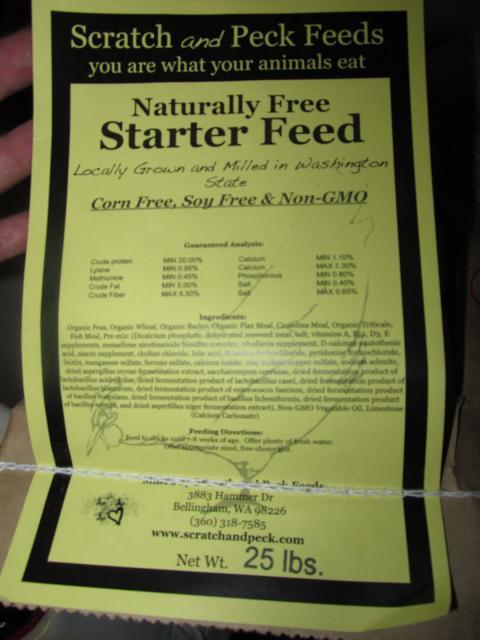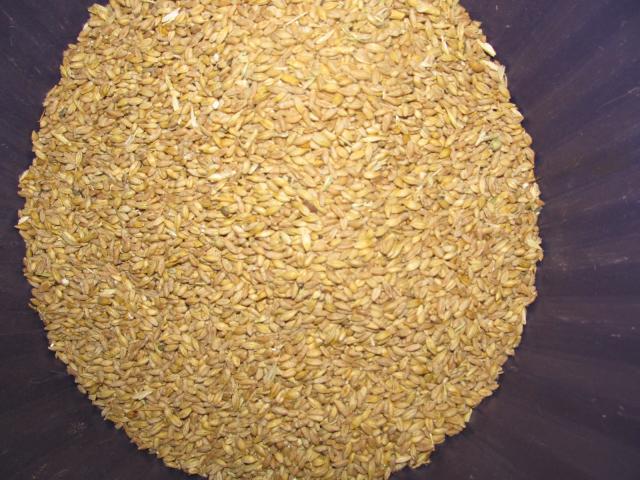While this soy conversation is way off topic from discussing Scratch and Peck feed, I must stop those who say no harm comes from soy.
I have seen the harm first hand in my sister, who does get the immediate ill effects of the hormones in soy. They are very real and very uncomfortable. The slower more silent effects are easy to brush off and ignore, just as it is for smoking-not everyone who smokes gets cancer.
For people this sensitive to soy, they look for products that do not contain soy- those include the foods their meats and eggs were raised on. It's a non-issue for most, but in time and with constant exposure, the number of people it touches will increase.
I have no judgements for those who do or do not feed it to their chickens, but it drives me nuts when people who simply have not seen the effects claim there are no effects. The effects are real, painful, and can be life threatening.
I apologize for adding to this completely off topic heading conversation!
I have seen the harm first hand in my sister, who does get the immediate ill effects of the hormones in soy. They are very real and very uncomfortable. The slower more silent effects are easy to brush off and ignore, just as it is for smoking-not everyone who smokes gets cancer.
For people this sensitive to soy, they look for products that do not contain soy- those include the foods their meats and eggs were raised on. It's a non-issue for most, but in time and with constant exposure, the number of people it touches will increase.
I have no judgements for those who do or do not feed it to their chickens, but it drives me nuts when people who simply have not seen the effects claim there are no effects. The effects are real, painful, and can be life threatening.
I apologize for adding to this completely off topic heading conversation!






